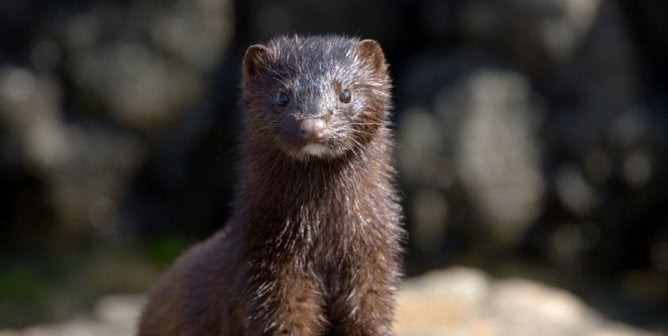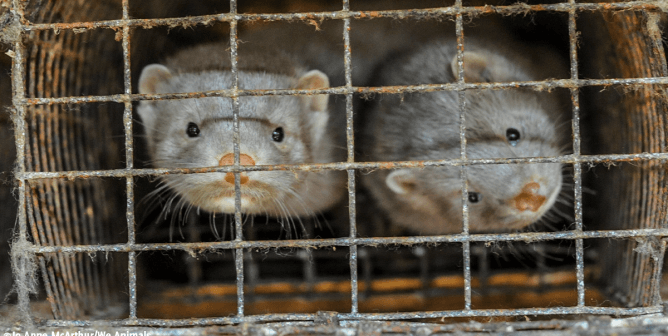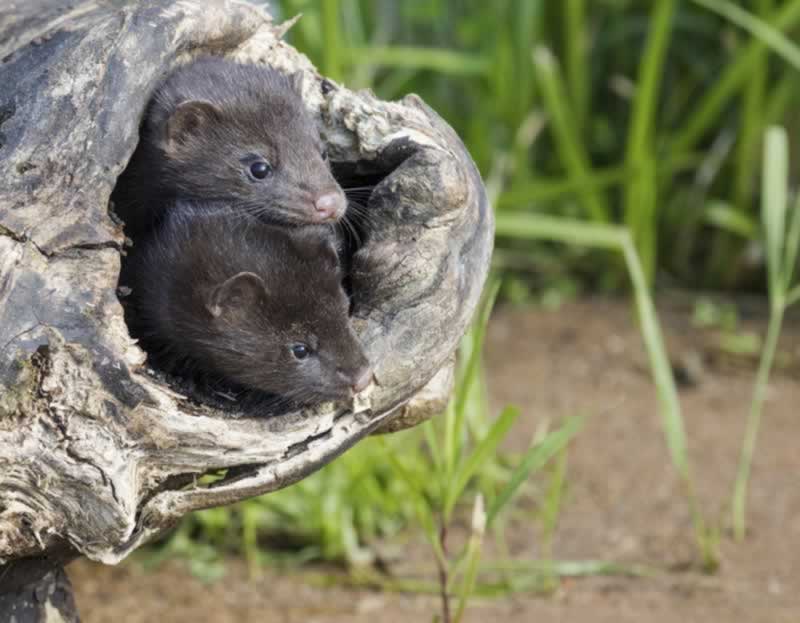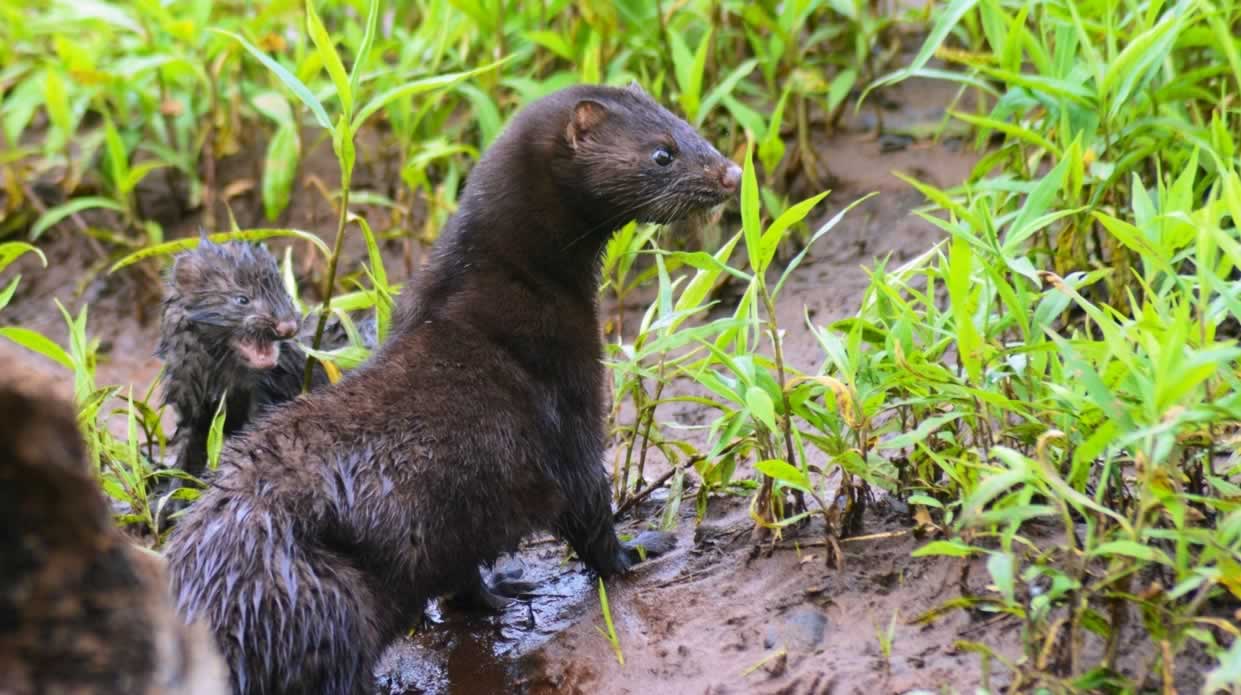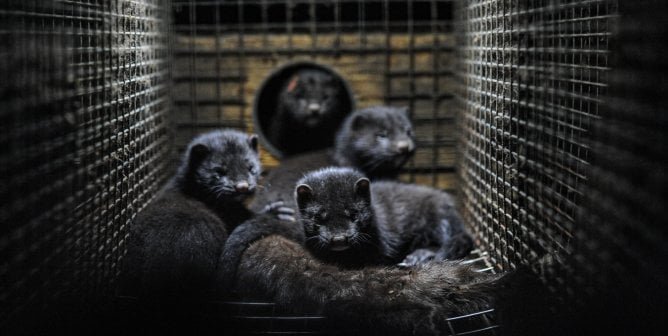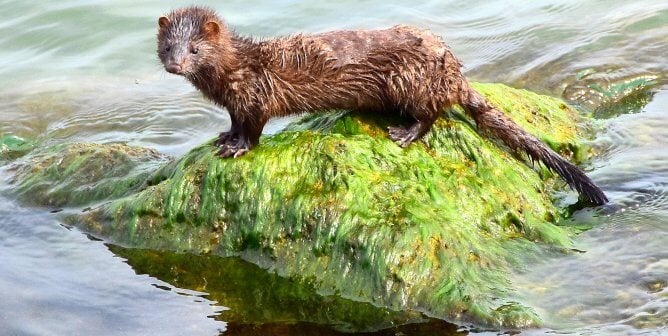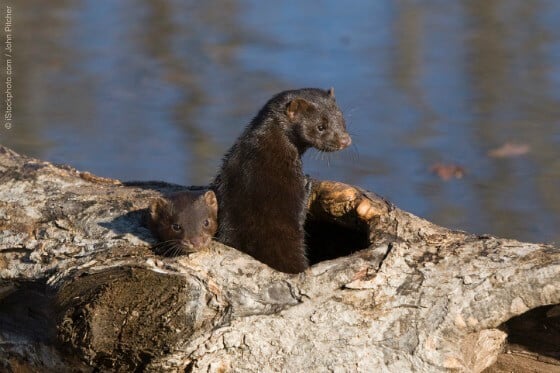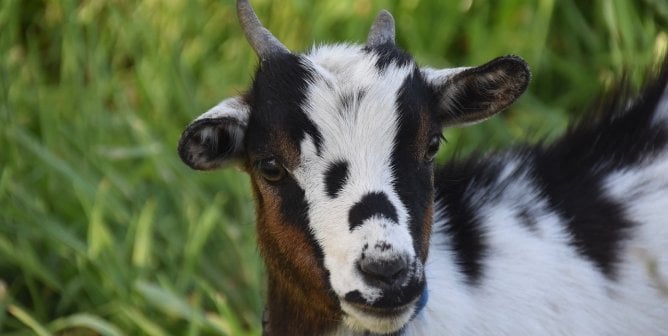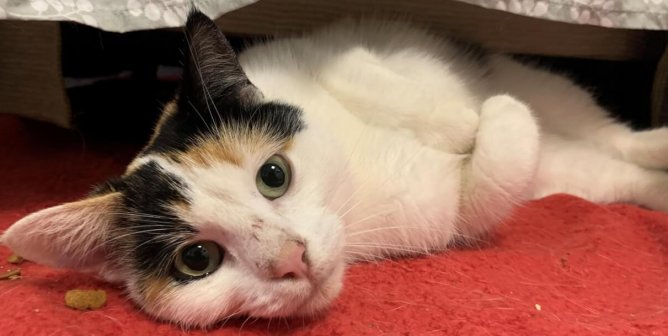When you think about minks, what comes to mind?
You might consider the way the fur industry kills minks for eyelashes, coats, blankets, and oils or that mink fur farms are hotbeds for dangerous diseases like COVID-19. You may recall that Denmark massacred 17 million minks and dumped them in mass graves after a new strain of the novel coronavirus mutated on mink farms and infected humans.
On mink factory farms in Idaho, Minnesota, Oregon, Utah, and Wisconsin, minks are still dying by the thousands from the virus, despite PETA’s pleas to shut down these crowded, unsanitary facilities. Mysterious and curious, minks have deeply complex lives, interests, and personalities.
Here are eight facts that will give you much to think about minks:
1. They purr when they’re happy.
You read that right—much like your companion cat, minks purr when they’re content.
2. They communicate using odors, visual signals, and other sounds.
Minks aren’t a loud bunch, but they do use a series of auditory signals to communicate, like chuckling, growling, hissing, screeching, squealing, and barking when they feel threatened. As animals who like to maintain and protect their own territories, minks use odors to communicate their boundaries and reproductive status. (This is known as chemical signaling.) They also have excellent senses of sight, smell, and hearing, so they’re able to stay highly in tune with one another.
3. The main threat to minks are fur farms.
Minks are the most common animal farmed for their fur, and according to Animal Diversity Web, the fur trade is the greatest threat to their survival. In their natural habitat, minks can live up to 11 years, but on factory fur farms, workers breed minks and kill their babies when they reach around 6 months of age.
Because it takes 50 to 60 minks to make a single fur coat, fur farmers use the cheapest slaughter methods to kill as many animals as possible—gassing, anal electrocution, and poisoning. Farmers force minks into makeshift “gas chambers,” into which they pump carbon dioxide or carbon monoxide to suffocate them. In many cases, they cut costs by using low concentrations of carbon dioxide, which can cause minks to languish for 15 minutes before dying. A PETA undercover investigation found workers grabbing minks by their tails, shoving them into metal drums, and murdering them with gas from an engine. Because minks have a heightened ability to detect lack of oxygen, they experience severe convulsions, panic, and stress.
4. Minks are great at burrowing.
Minks often have as many as two dozen dens used for sleeping, resting, eating, and storing surplus food, which they protect with odor secretions and camouflage. (They may line their den with dried leaves, grass, and other items within their habitat.) Minks in their natural habitat can claim up to 25 miles of territory, but on fur farms, workers shove them into rows of small, filthy, wire-floored cages. Those bred solely for their fur may live their entire lives without even going outside.
5. They’re also very skilled climbers and swimmers.
Minks are highly active animals who can swim up to 100 feet underwater and jump from tree to tree. When fur farmers confine them to small cages for their entire lives, it can cause such severe stress that they mutilate themselves or eat their young. One PETA exposé found a mink chewing through her cage until her face was covered in blood.
6. They prefer to keep to themselves.
Minks are solitary and discreet, and they typically only come together to breed. Fur farms often confine thousands of them to a single shed, where they have no personal space, leading to violence and cannibalism.
7. Except when they’re young.
Mink litters usually vary from one to eight babies, also known as “kits.” When they aren’t eating or sleeping, members of a litter may spend their time play fighting with their siblings.
8. They’re great listeners.
Minks teach their young how to be independent when they reach around 8 weeks old. Typically, they will travel in single file and mimic their mother’s behavior.
See? There are more to minks than meets the eye, and while you may never see these secretive animals running around, you likely have more in common with them than you realize. You probably don’t want to be confined to a dirty cage where you are vulnerable to deadly diseases, deprived of your natural habits, and killed—and neither do minks. Help shut down fur farms in Idaho, Minnesota, Oregon, Utah, and Wisconsin by sending messages to local officials.


